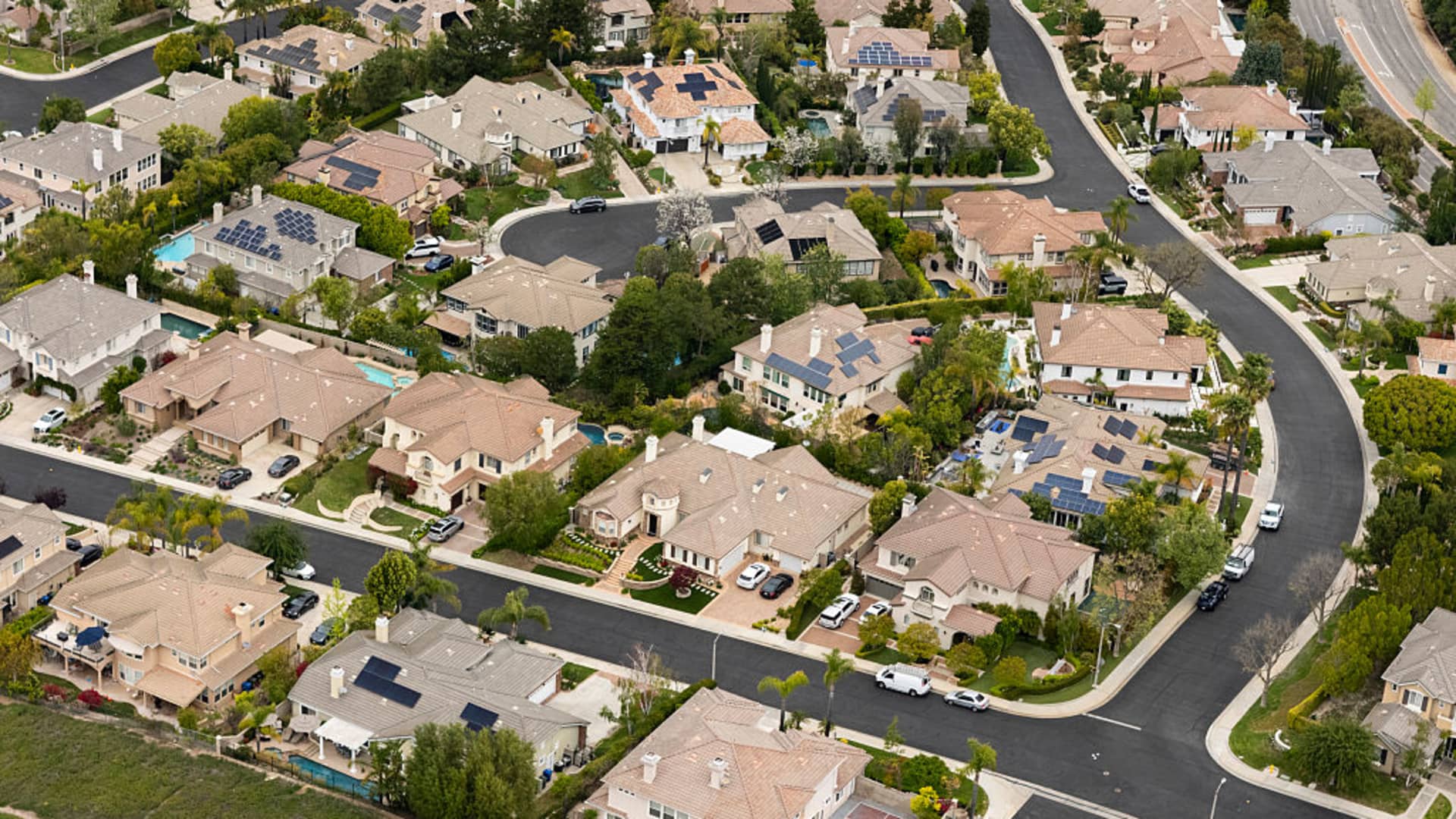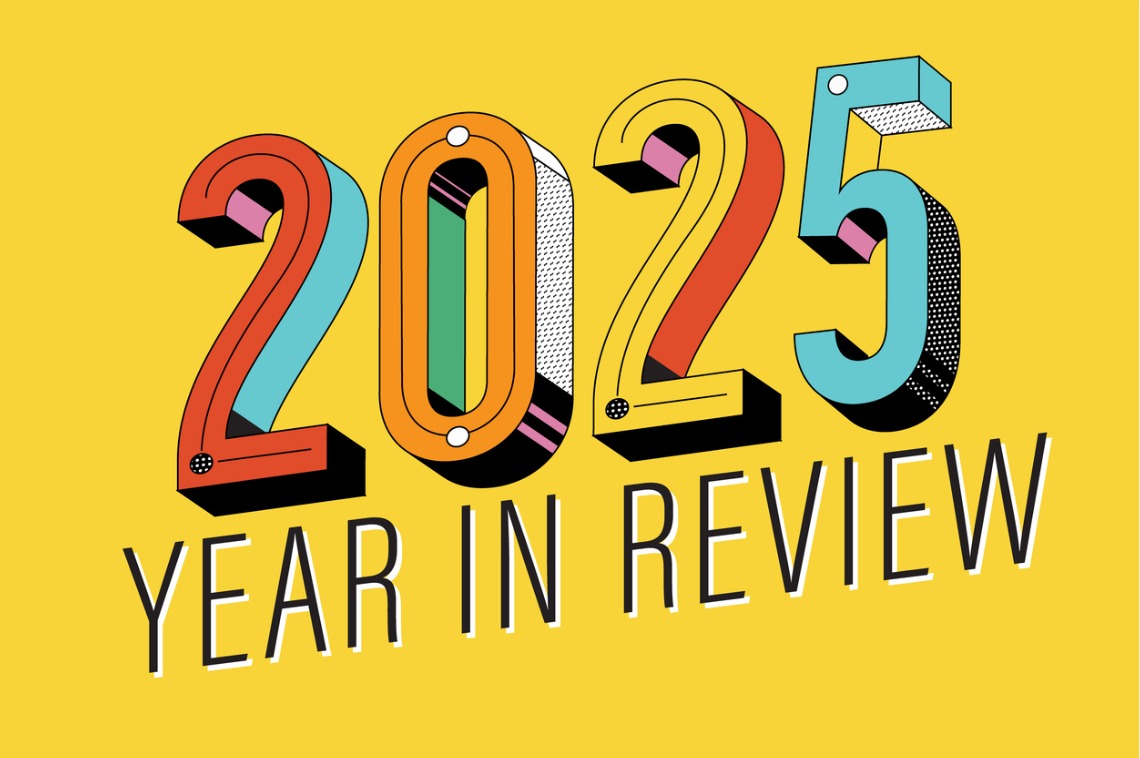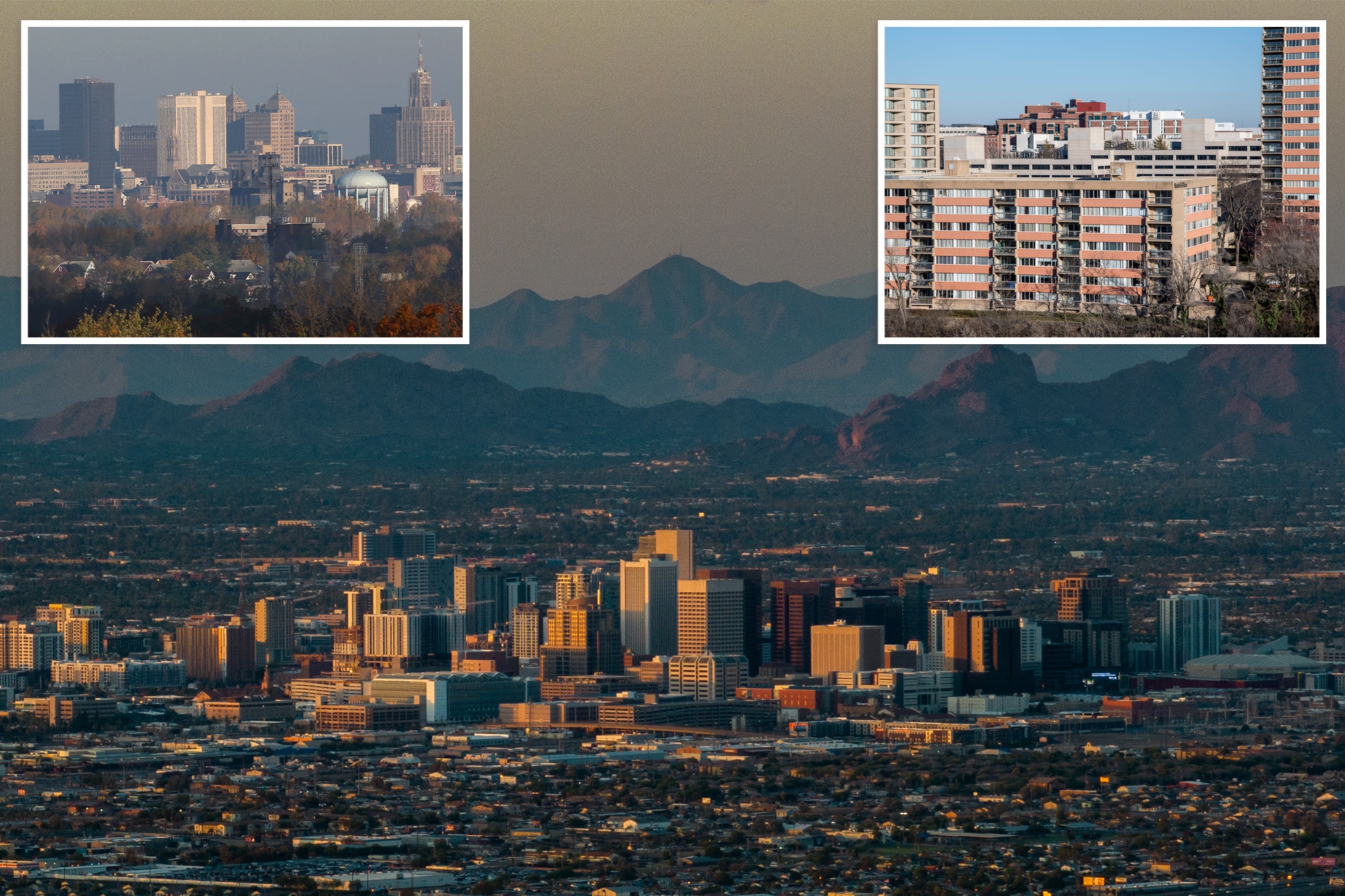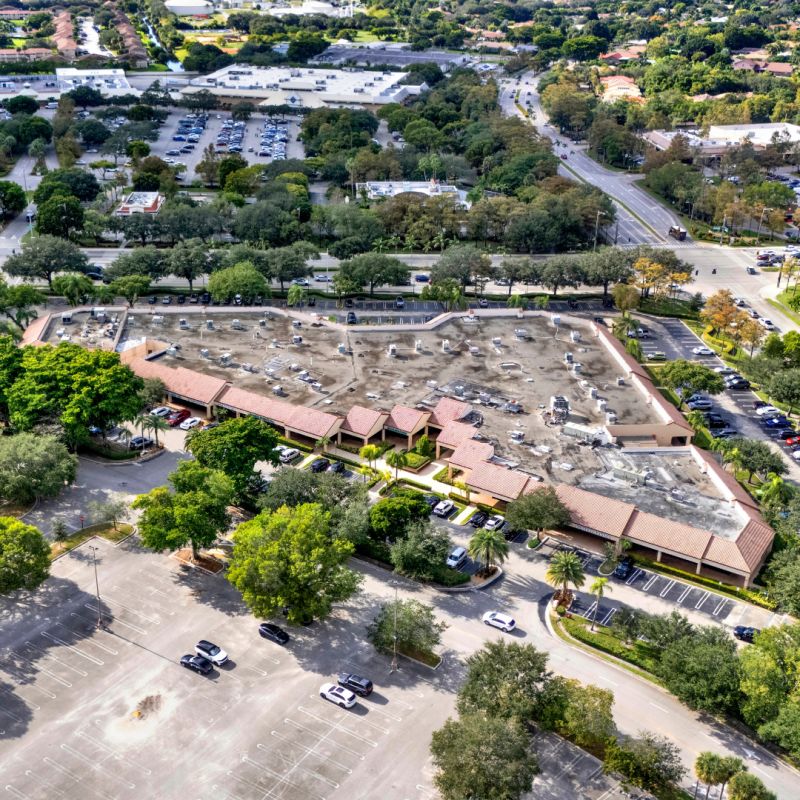A
erial views of single-family homes in Thousand Oaks, California, highlight the ongoing housing market imbalance. Since the pandemic-fueled housing boom, low supply and high prices have plagued the market. According to the S&P CoreLogic Case-Shiller Index, national home prices were 39% higher in March than they were in March 2019.
While prices continue to rise, the supply crunch is easing, but not at affordable price points. Demand remains strong overall, particularly on the lower end of the market, which is still severely undersupplied. As a result, sales in lower and middle price tiers underperform the high-end market.
A report from the National Association of Realtors and Realtor.com sheds light on affordability and supply issues. Using standard underwriting guidelines for buyers using a 30-year fixed mortgage, the study found that households earning between $75,000 and $100,000 annually saw the largest increase in affordable listings this year compared to last.
However, even with this growth, middle- to upper-middle-income buyers can only afford 21.2% of listings, down from nearly half (48.8%) in March 2019. To achieve a balanced market, an additional 416,000 listings priced at or below $255,000 are needed. For households earning below $75,000 annually, the situation is even more dire, with only 8.7% of available listings affordable.
Higher-income households have near-total access to the housing market, with homebuyers earning $250,000 or more able to afford at least 80% of listings. Realtor.com's chief economist, Danielle Hale, notes that while inventory has increased, particularly in moderate-income price points, low- and moderate-income households still face significant challenges.
Progress in inventory levels varies across the country, with gains concentrated in the Midwest and South. Markets like Akron, Ohio; St. Louis; and Pittsburgh are considered balanced, but others, such as Seattle and Washington, D.C., continue to struggle. Austin, Texas; San Francisco; and Denver have seen a significant increase in affordable listings, surpassing pre-pandemic levels.
However, markets like Los Angeles and San Diego in Southern California, along with New York City, are getting worse due to factors such as underbuilding, limited buildable land, high construction costs, restrictive zoning laws, and fast in-migration. Homebuilders face high costs and could see further increases amid tariffs and new immigration policies.














